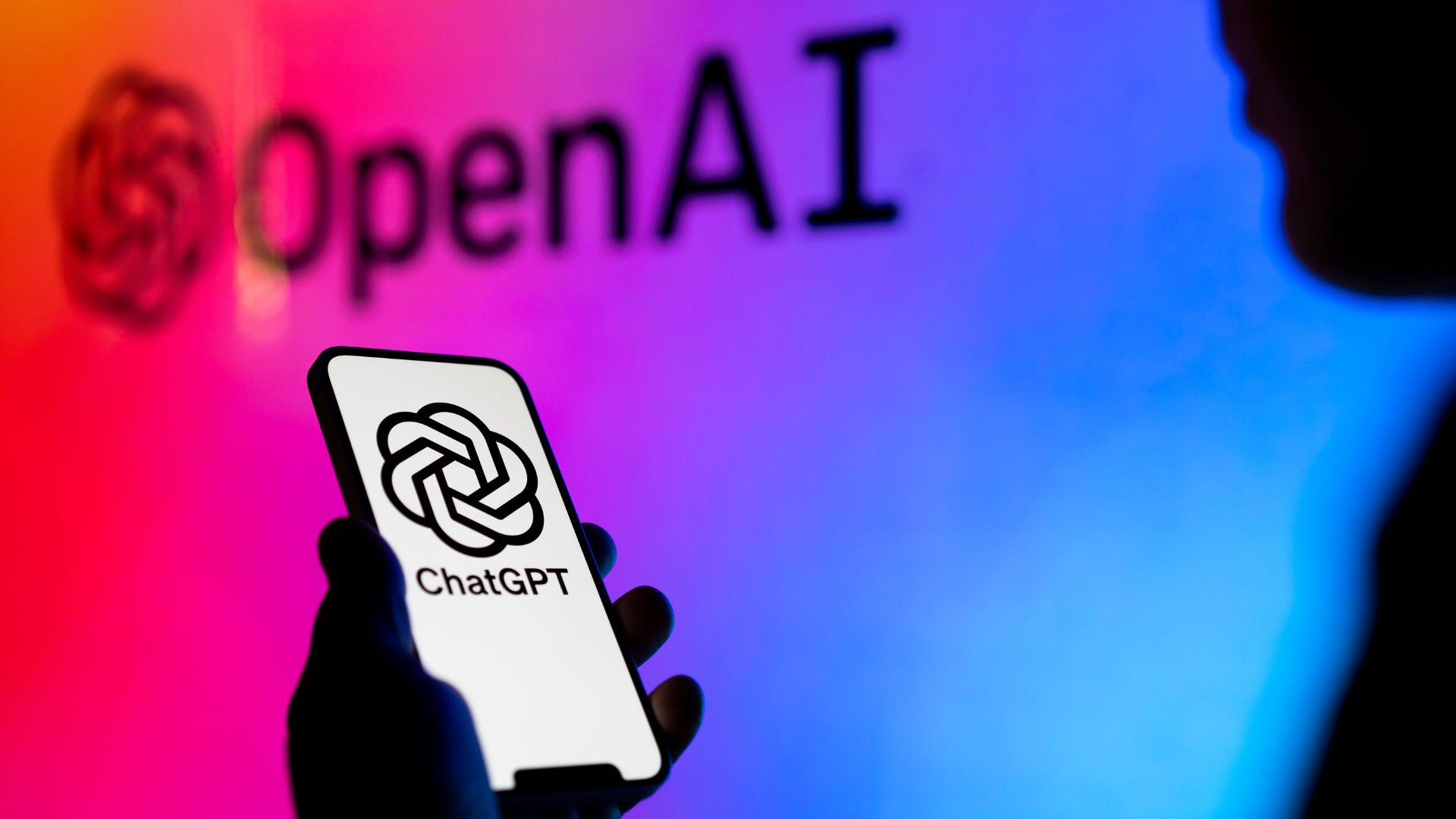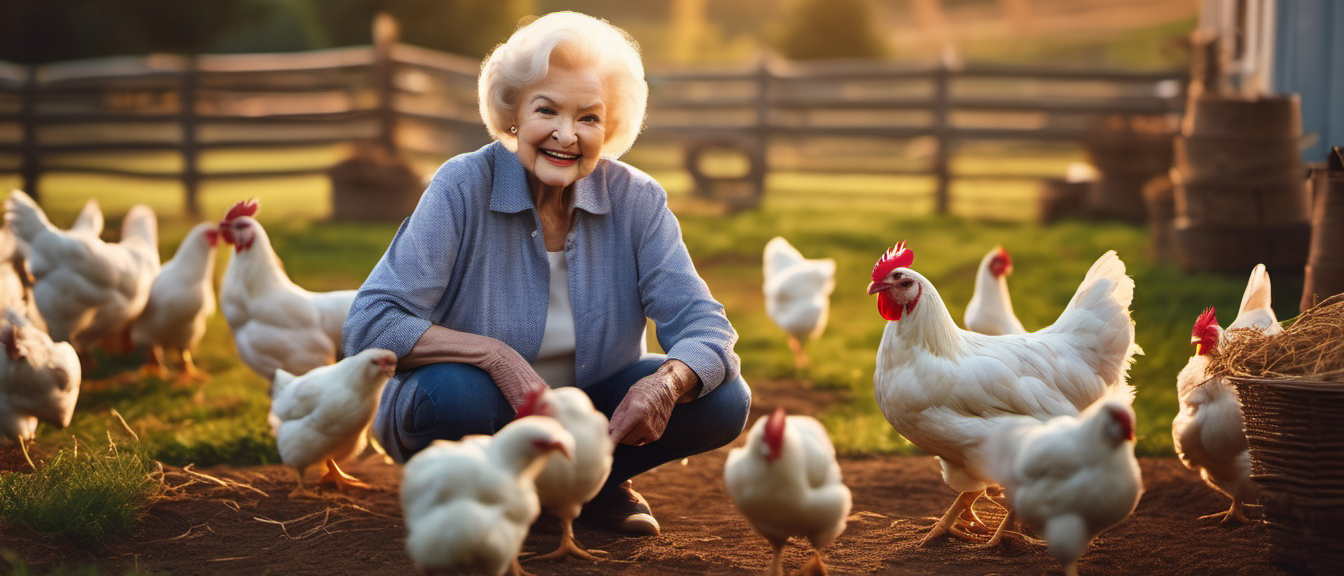
The future is now, and learning how to spot AI creations is an increasingly valuable skillset for us humans, to the point that dedicated AI content detector software is already a thing. From my perspective, it sure is an interesting time to be alive — albeit a confusing one, if you’re not sure how to differentiate between artificially generated imagery and authentic digital photography. And while this might not seem like too big of a deal to the common consumer, text-to-image generators can do lasting damage in the real world, especially when it comes to emulating actual humans with fallacious deepfakes.
Case in point: a growing crop of AI-powered photo editors and AI picture generators (Dall-E 2, Stable Diffusion XL, Firefly (Photoshop), Midjourney, and Pixlr, to name a few) bring new meaning to the phrase “you won’t believe your eyes,” since we now live in a world where sometimes, you simply can’t. That’s because AI-generated content is pretty good at hiding in plain sight…unless you take a closer look.
In short, fact-checking digital media has never been more challenging, but we’re here to help. If you’re new to spotting AI creations on the interwebs, consider this your crash course to AI-generated imagery, and what to look for if you’re unsure of its authenticity.
How to spot AI creations
Red Flag #1: Textual flubs and odd juxtapositions
While you might initially be focused on a primary subject within a given image, look for text within the background or foreground that may be misspelled, misshapen, or too blurry to read (ex, street signs, t-shirt designs, name badges).
You might also spot an AI creation thanks to oddly juxtaposed objects or out-of-context actions. For example, did you know that Betty White used to be a passionate chicken farmer? Me neither, but Pixlr's AI image generator turned her into one just the same, lickety-split. And I gotta say, at first glance I'd be inclined to believe that Betty owned a bona fide chicken plantation, but a closer look betrays the fabricated imagery.
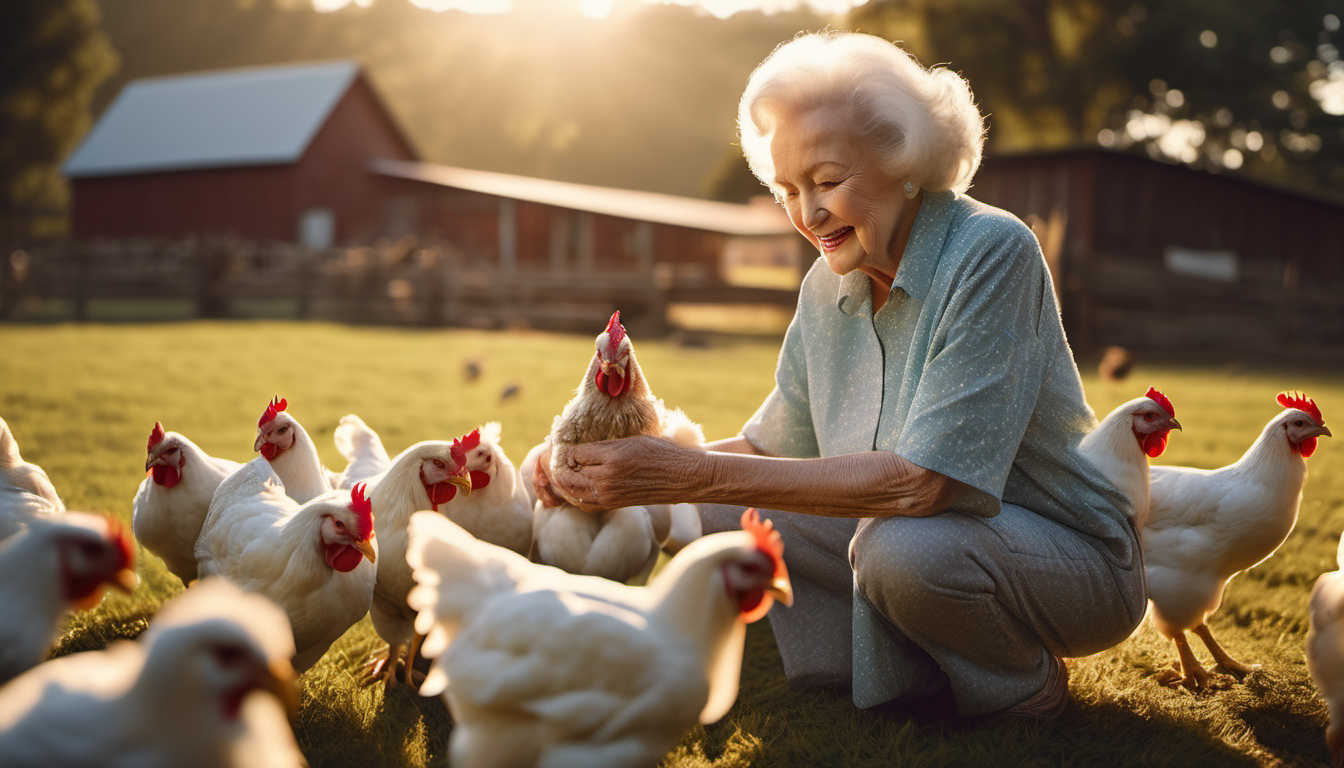
Red Flag #2: Out-of-place pixels or blurry backgrounds
Stay in the know with Laptop Mag
Get our in-depth reviews, helpful tips, great deals, and the biggest news stories delivered to your inbox.
Zoom in as much as possible on the picture you’re scrutinizing. See any smudged pixels, oddly shaped outlines, or anything else that looks a little…off? In many cases, AI engines put more impetus on the foreground, leaving the background inconsistently blurry or smeared. Since AI models create images that are based on a hodgepodge of information gathered from myriad sources, finer details might betray fabricated imagery if you look closely enough.
Red Flag #3: A little too perfect
AI isn’t the best at emulating human faces on a macro level, and if the Instagram influencer you’re ogling looks a little too perfect to be real, chances are she is. Even heavily edited selfies have some texture and dimension to them, but AI-generated ones lack a certain “realness” if you look too closely, especially when it comes to skin-deep imperfections. Look for overly smooth skin tones, asymmetrical proportions (ex, differing arm or leg lengths) and distorted imagery, such as composition fusion, in which various artifacts blend together.
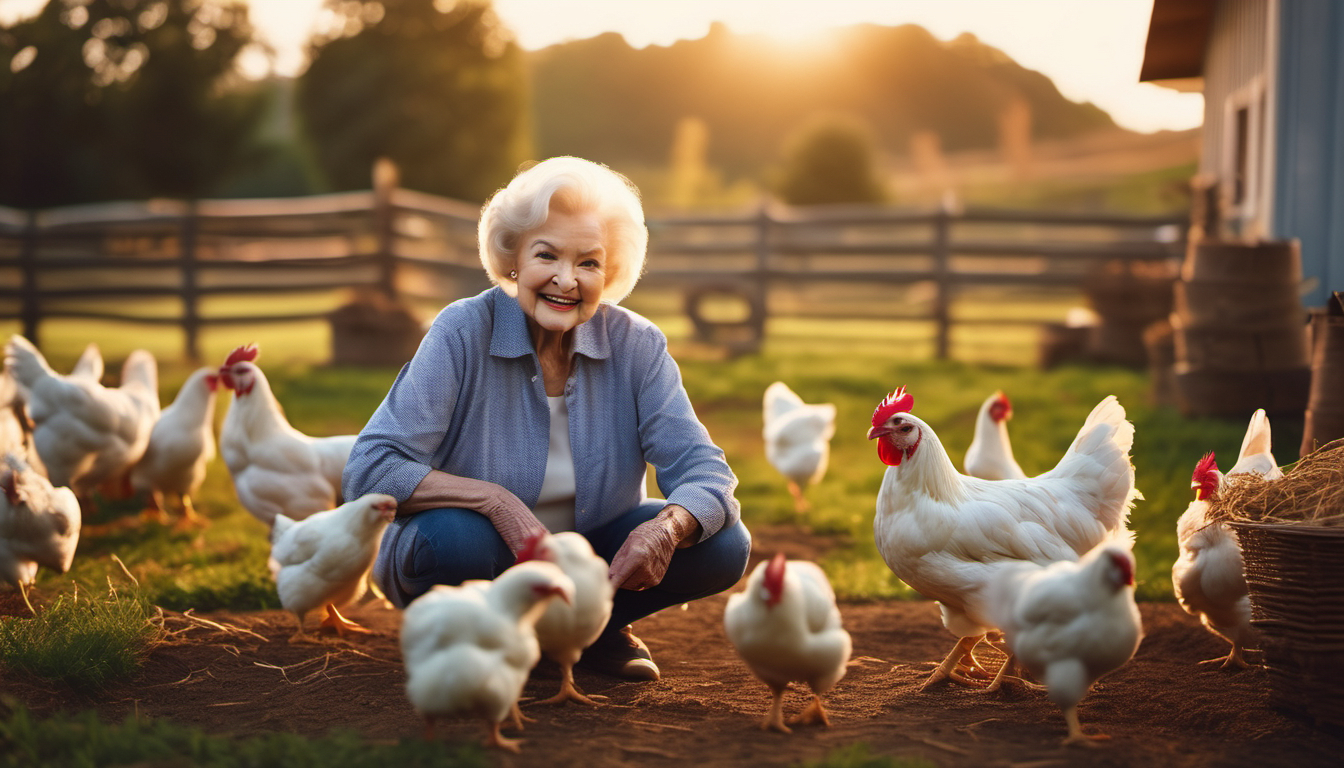
Another factor to consider is lighting; if an indoor scene looks overly dramatic and/or cinematic, the lighting effects may have been manufactured by AI, as opposed to being captured by a professional photographer.
Red Flag #4: Abnormal hair, hands, or eyes
For photographs that include humans and/or animals, do a quick scan of any exposed limbs — including a finger and toe count — to check for abnormally positioned appendages. Authentic hairstyling is also a challenge for AI, so keep an eye out for unrealistic hair patterns and out-of-place halos.
Speaking of which, it’s been said that eyes are the “window to the soul,” and for good reason. AI-generated portraits are often riddled with “dead-eye” syndrome if you look close enough, and oddly asymmetrical pupils. Not sure what I mean? Check out Betty's soulless stare below.

Red flag #5: A reverse image search leads to dead ends
Looking to fact-check an image you found in a “news” article or social media post? Start with a reverse image search on Google to see if the content in question pops up on any legitimate news sources (ex, Associated Press, Reuters). If there’s a digital paper trail, follow it: you never know what obscure snippet of media a large language model (LLM) may have borrowed information from.
Best AI content detectors
Even the sharpest of (human) eyes can be fooled by AI creations sometimes, but never fear: there are a variety of online tools to help you determine fact from fiction in your day-to-day life — in a totally non-ironic sort of way.
1. Hive AI Detector – Available from the Chrome Web Store, this free browser extension makes it easy to scan both text and imagery simply by right-clicking on the content in question; pasting text into the AI Detector text box; or uploading a file.
2. Winston AI – Boasting a 99.98% accuracy rate, this trusted AI detector is popular among professional writers, educators, and web publishers. The company’s OCR (Optical Character Recognition) technology extracts text from scanned documents or pictures — even if it was written by hand. In a matter of seconds, you’ll know on a scale of 0 to 100 how likely a chunk of text was written by AI.
3. AI or Not – Deepfakes can be disguised amid mixed media, and AI or Not analyzes both imagery and audio (including video with audio) to detect signs of AI generation. The free version comes with 20 web-based image checks and 5 audio checks per month, but if wading through AI-generated content is part of your daily grind, you might want to splurge for one of the monthly subscriptions.
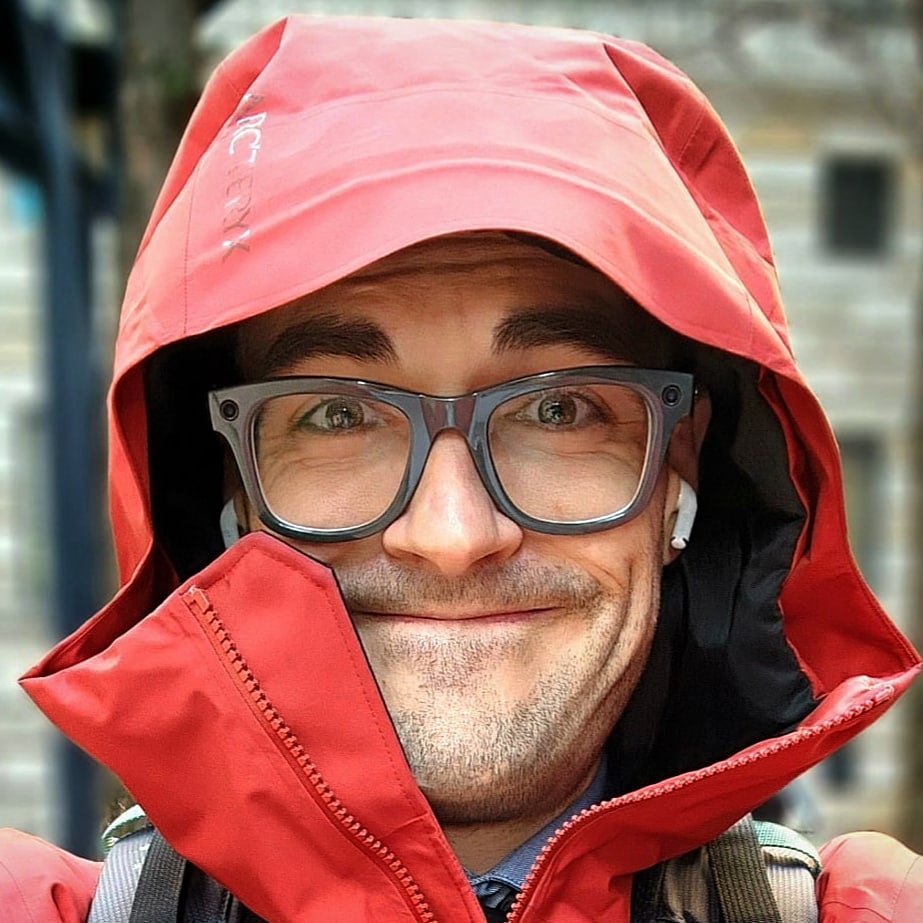
As a freelance journalist, TJ has over a decade of multi-medium storytelling under his belt. Leveraging a quarter century of collective coddiwompling amid the ever-evolving landscape of wireless gadgetry, his unique editorial background allows him to explore a variety of tech-centric subsectors on this fascinating planet. When he's not field testing new gear in the Catskills, Adirondacks, or an actual field, he can be found sipping Negronis in his living room and crafting Dr. Seussian poetry inside a tattered moleskin.
